Nutritious Green Foods You Didn’t Know About
Good nutrition is all about variety! Browse through our list of unusual fruits and veggies and give yourself a chance to try something new.
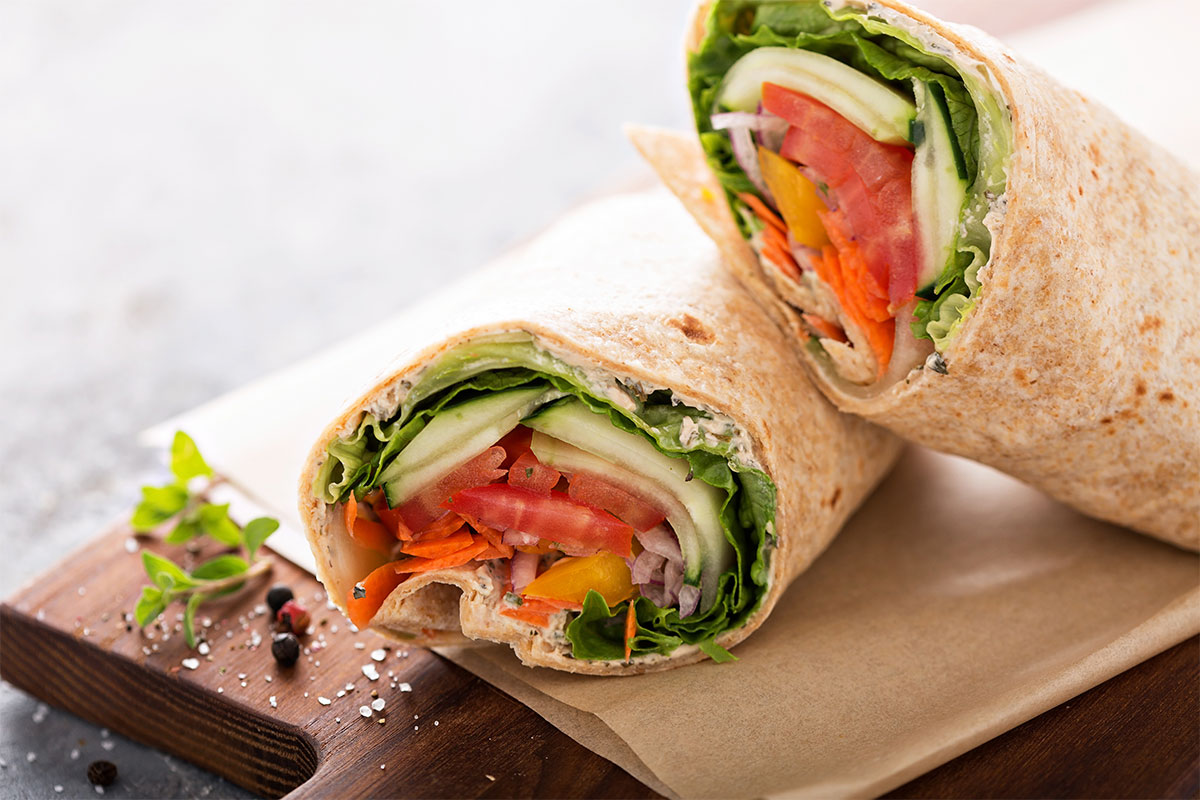

How do I build bulk while maintaining high-intensity biking exercise? Can this goal of mine be assisted with better nutrition/eating habits on my part?
– Bowie B.

Building bulk will largely come from resistance training to promote muscle adaptation (growth) to meet a higher workload. Interval sessions are great to boost power and promote weight loss. The two are not mutually exclusive. Speak with a Pro Results® trainer for how to incorporate strength training around your cycling.
Better nutrition can only help! Support your exercise of either type with adequate pre-workout snacks and recovery nutrition. Your goal is to build muscle and preventing any catabolism will contribute to your net positive. Fuel up beforehand with a small snack (e.g. a piece of fruit or handful of crackers) if your meal was recent, and larger snack (e.g. yogurt/granola plus berries, or ½ sandwich) if it’s been a couple of hours since your last meal. Replace depleted energy stores within 30 minutes following an hour-long workout by consuming about 30-50 grams of carbohydrates. Add protein (about 10-20 grams) to prevent breakdown and enhance muscle repair.
Practice good eating habits the rest of your day to keep your metabolism ready for your next cycling or bulk-building workout.
– Debbie J., MS, RD
This article should not replace any exercise program or restrictions, any dietary supplements or restrictions, or any other medical recommendations from your primary care physician. Before starting any exercise program or diet, make sure it is approved by your doctor.
Some questions have been edited for length and/or clarity.
 Have a nutrition question? Our registered dietitian is ready to help!
Have a nutrition question? Our registered dietitian is ready to help!
Email nutrition@lafitness.com or submit your question below and it may be featured in an upcoming article!
Good nutrition is all about variety! Browse through our list of unusual fruits and veggies and give yourself a chance to try something new.
Does liberally salting your food help you pump more iron in the gym? Registered Dietitian, Debbie James, investigates the claims!
One frequently asked question is about the recommended intake of protein. We hear you! Here is everything you need to know.
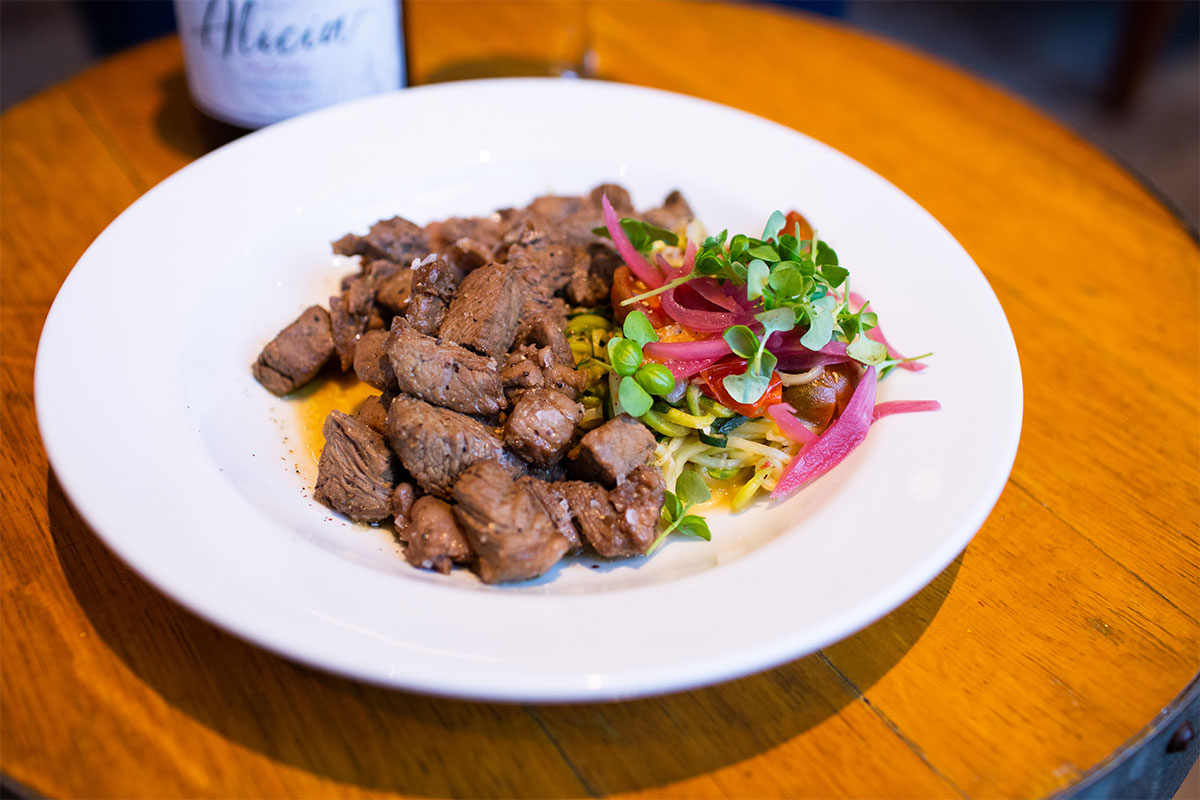
“A well-balanced meal constitutes healthy cooking. I believe in ‘everything in moderation’, eating from the full spectrum of food and limiting the rich and indulgent ingredients. You can obtain great flavor from vegetables alone, and if you cook from the heart, that might be the healthiest ingredient of all.”
SeaLegs Wine Bar is located at 21022 Beach Blvd. #105, Huntington Beach, CA 92648. Open Monday through Friday from 4pm to 10:30pm, Saturday from 10am to 11:30pm, and Sunday from 10am to 3pm. For the menu and additional details, please visit http://www.sealegswinebar.com/.



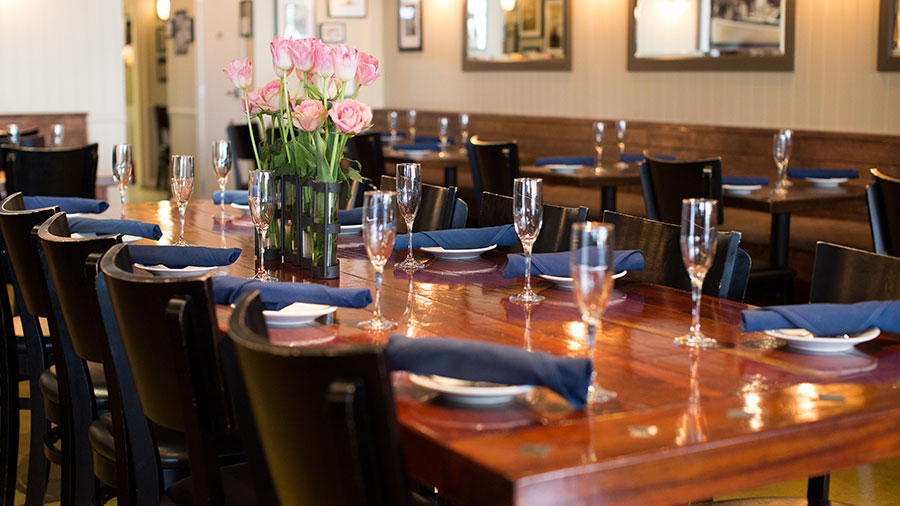


Photo Credit: Candace Rock
For the Dish
For the Steak Marinade
Step 1:
Step 2:
Step 3:
Featured Recipes
Good nutrition is all about variety! Browse through our list of unusual fruits and veggies and give yourself a chance to try something new.
Does liberally salting your food help you pump more iron in the gym? Registered Dietitian, Debbie James, investigates the claims!
One frequently asked question is about the recommended intake of protein. We hear you! Here is everything you need to know.


I am a high school track sprinter in the 100 and 400-yard dashes and I am trying to get lean for the season, but no one can give me a good answer on what I should eat, and I really don’t know much about dieting can you help me!?
– Nick R.

Hi Nick! As an athlete you know to focus on fueling performance during your competitive season. To lean out ahead of time I would NOT scrimp on calories, as nutrition goes down with less food. Teenagers are still in a growing/maturation period – even if you think you’re at full height. I would encourage you to continue present energy intake and increase exercise to burn fat.
While you keep calories even, make the most impact on your metabolism by replacing any sugary drinks with milk or pure fruit/vegetable juice. Swap whole-grain breads, buns and crackers for any white flour products you consume. Go lean with protein choices and bulk up sandwiches and burgers with avocado or grilled onions/mushrooms. A little fried food here and there is okay when better options aren’t available (we like tempura green beans). For desserts, stick to a fruit or dairy-based treat versus a baked good to satisfy your sweet tooth.
More specific tips can be found at http://www.sportsrd.org/wp-content/uploads/2015/07/Track-and-Field-Sports-Nutrition.pdf
Good luck on the track!
– Debbie J., MS, RD
This article should not replace any exercise program or restrictions, any dietary supplements or restrictions, or any other medical recommendations from your primary care physician. Before starting any exercise program or diet, make sure it is approved by your doctor.
Some questions have been edited for length and/or clarity.
 Have a nutrition question? Our registered dietitian is ready to help!
Have a nutrition question? Our registered dietitian is ready to help!
Email nutrition@lafitness.com or submit your question below and it may be featured in an upcoming article!
Good nutrition is all about variety! Browse through our list of unusual fruits and veggies and give yourself a chance to try something new.
Does liberally salting your food help you pump more iron in the gym? Registered Dietitian, Debbie James, investigates the claims!
One frequently asked question is about the recommended intake of protein. We hear you! Here is everything you need to know.


Is peanut butter a good source of protein (1 tablespoon & 1/2 banana) or just too much fat? What type of cheese has the best protein and least amount of fat? I know I need fat in my diet, but I get that from animal protein and hummus.
– Anne F.

Peanut butter is richer in fat than it is protein by two-fold! It’s comparable to other nut spreads like almond paste, cashew butter and sesame butter. Soynut butter is only slightly higher in protein and lower in fat. A typical 2 tablespoon serving of any is a “good source” of protein, providing at least 10% of a reference daily intake of 60 grams. There are certainly lower-fat proteins (eggs, cottage cheese, extra lean ham, soy sausage) though they don’t spread on a banana.
To answer your second question, cheese is a little better in its protein to fat ratio, with the best regular-fat ones being 2½:1 cottage cheese, 4:3 fresh Parmesan, 1:1 provolone and 1:1 mozzarella. Any cheese made with skim milk will have less fat and reduced and low-fat cheeses are plentiful. I’d recommend avoiding non-fat solid cheeses with their added stabilizers and sodium, not to mention their poor texture.
*nutrient values per USDA National Nutrient Database for Standard Reference Legacy Release, April 2018
– Debbie J., MS, RD
This article should not replace any exercise program or restrictions, any dietary supplements or restrictions, or any other medical recommendations from your primary care physician. Before starting any exercise program or diet, make sure it is approved by your doctor.
Some questions have been edited for length and/or clarity.
 Have a nutrition question? Our registered dietitian is ready to help!
Have a nutrition question? Our registered dietitian is ready to help!
Email nutrition@lafitness.com or submit your question below and it may be featured in an upcoming article!
Good nutrition is all about variety! Browse through our list of unusual fruits and veggies and give yourself a chance to try something new.
Does liberally salting your food help you pump more iron in the gym? Registered Dietitian, Debbie James, investigates the claims!
One frequently asked question is about the recommended intake of protein. We hear you! Here is everything you need to know.
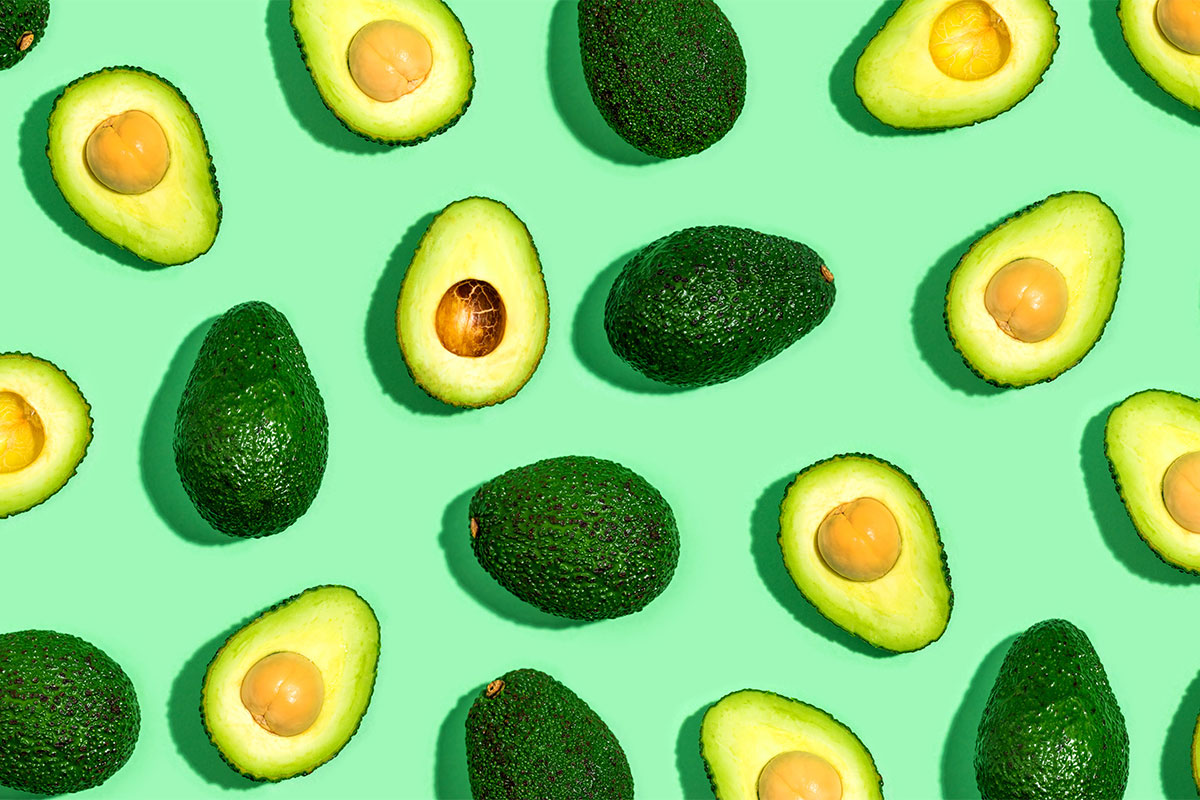
Growl… Like a little thorn in the lion’s paw, no one likes to have their eating plan thrown sideways by a simple hunger pang. Even the most well-planned meals and snacks can be set off course if your body needs more energy that day. When your belly is sending messages you can hear, it’s time to listen up! Hunger can quickly turn into reckless appetite, and if you let hunger signals go unabated for too long you may overeat later.
How to keep your calories down then? Try these lower glycemic index foods that promote satiety with their volume or nutrient density: (Serving sizes suggested below are approx. 150 calories.)

AVOCADO – Top pick to solve tummy rumbles. The fat from this fruit is heart-healthy, plus you get a good amount of fiber, Vitamin K and potassium with each ½ avocado.
Tip: Rub cut avocado half with lime juice to keep from browning.

NUTS – These little gems are chock full of unsaturated fat with a decent amount fiber per one ounce serving. They require a bit of chewing which slows your eating pace, plus their density is sure to stick to your ribs.
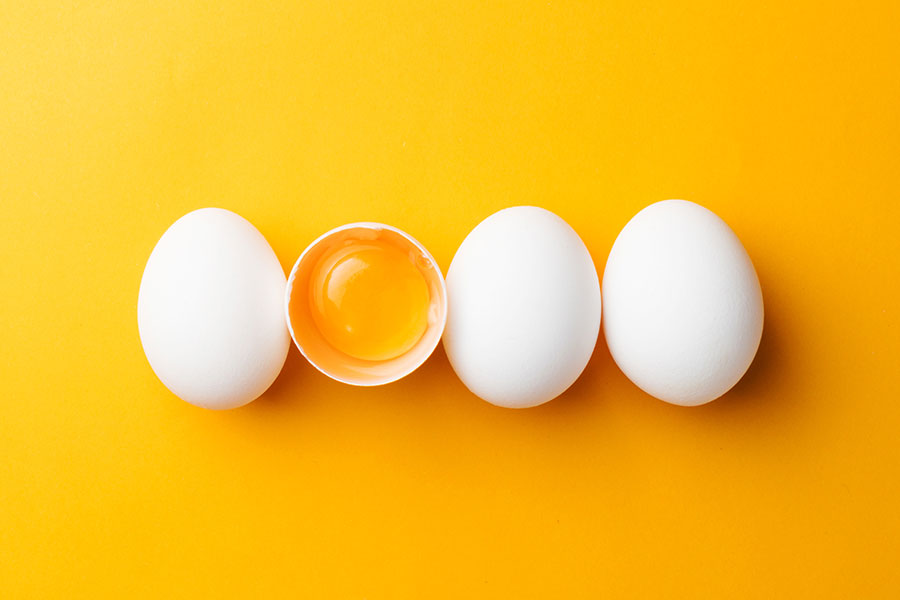
EGG – A harmonious balance of complete protein, fat, and vitamins gives eggs the ability to stand alone as a snack. Just 2 hard-cooked eggs have more protein than does a ¼ cup of tuna salad.
Tip: Repurpose a rinsed to-go drink cup with a lid to hold a couple shell-on eggs. Place your peelings inside to discard stink-free.

FRESH POPCORN – Not to be confused with anything yellow from a bag, freshly popped corn kernels with a sprinkle of salt and spray of butter-flavored oil is light and refreshingly warm & crisp. A three-cup serving of this finger food distracts for minutes, plus it’s a good source of fiber.

BROTH BASED SOUP – Watery liquids satisfy thirst which can often be mistaken for hunger. Soups are generally low-calorie, especially if vegetable based. An ample bowl of savory chicken noodle, minestrone or cucumber gazpacho is a good choice to forestall creeping appetite.
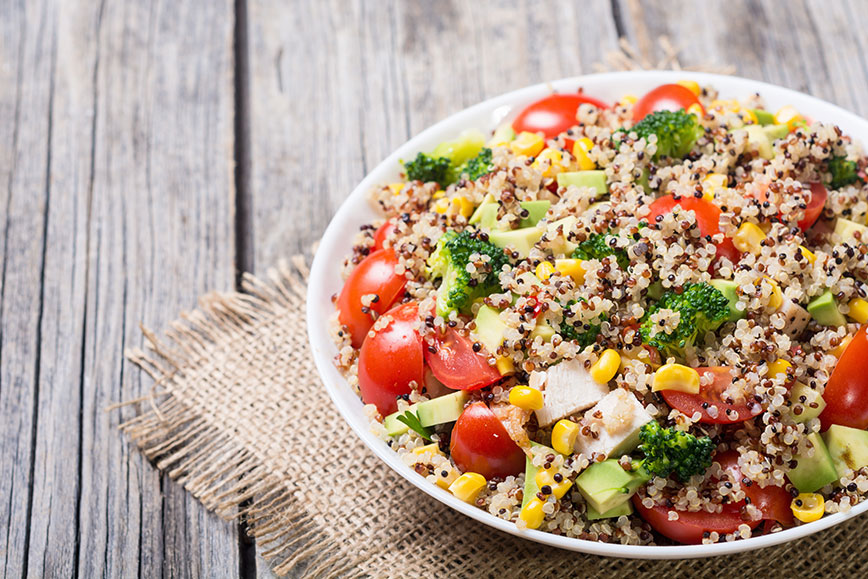
HEARTY SALAD – A chopped vegetable salad (small amount of lettuce okay) topped with quinoa, sliced almonds, chickpeas or corn plus a drizzle of oil-based dressing make for a tummy-filling solution. The chewing factor that slows your eating doesn’t hurt!

GREEK YOGURT or COTTAGE CHEESE – These protein-rich dairy choices also solve the hankering for something cool or creamy without reaching for ice cream. A one cup serving of plain plus a couple tablespoons diced fruit provides an excellent amount of calcium.
Good nutrition is all about variety! Browse through our list of unusual fruits and veggies and give yourself a chance to try something new.
Does liberally salting your food help you pump more iron in the gym? Registered Dietitian, Debbie James, investigates the claims!
One frequently asked question is about the recommended intake of protein. We hear you! Here is everything you need to know.
Be the first to know about exclusive
content, deals and promotions